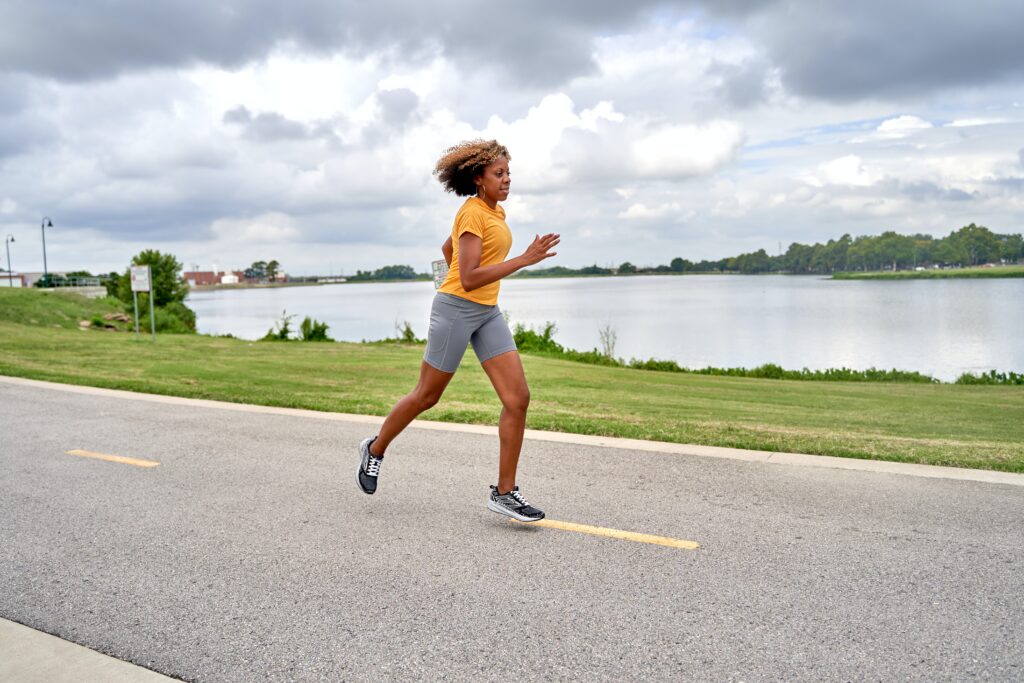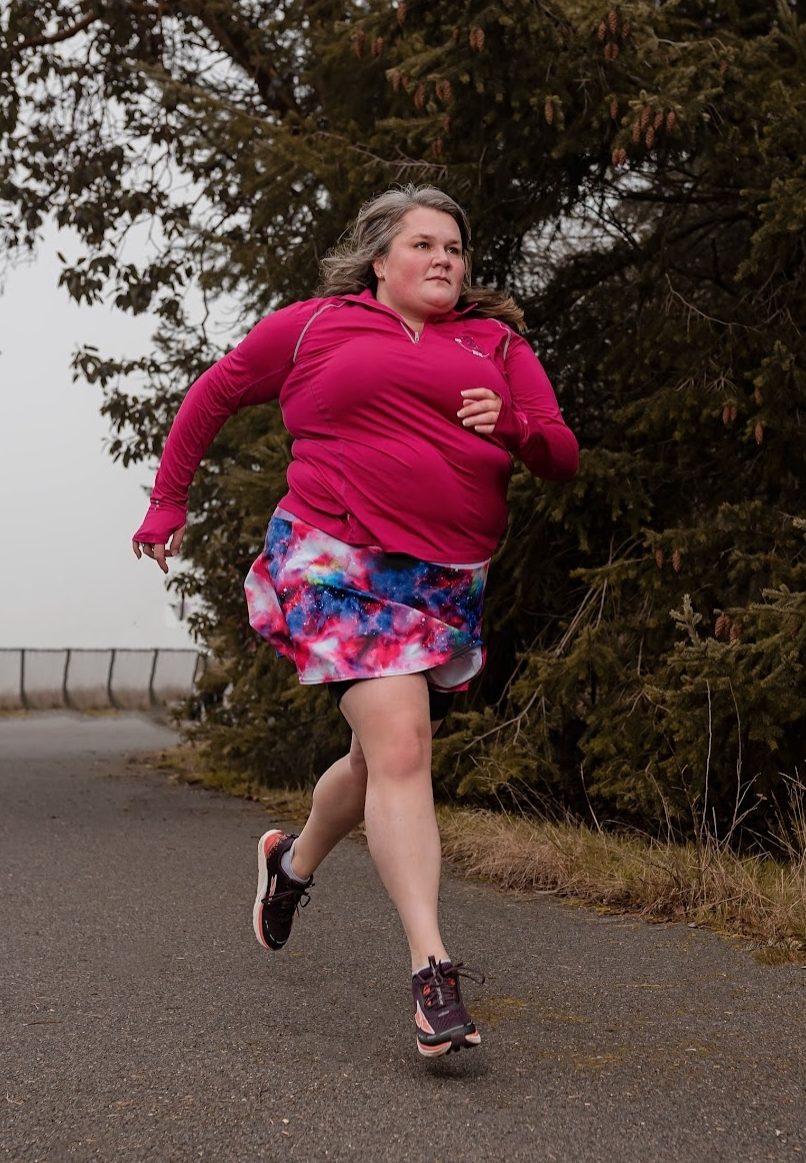Train Smarter for Injury-Free Running

It can happen to any of us. Your runs feel fine, great, even, but when you wake up in the morning, your heel hurts so bad you can’t walk unless you stretch it before you step on it. Or, cruising along, feeling fabulous on a strong threshold run, your foot lands at just the wrong spot on the edge of a curb. Down you go, rolling your ankle and hearing a pop. Or, 18 miles into a long run, training for an ultra, you start noticing that your foot feels funny. Then, a couple of miles later, your achilles decides to give out and you start limping. Injuries can and will happen. In this article I am providing tips to help you train smarter for injury-free running.
The Trio of Trials: My Personal Running Odyssey
I speak directly from experience – I’ve dealt with all three over my 15 years of running. Chronic plantar fasciitis, sprained ankle, achilles tendinitis. The injuries were different, as were the circumstances that led to them. While different, they did have a couple of things in common.
Common Denominators: Recovery Through Expert Guidance
One is that by consulting experts, doing physical therapy, and strength training, I was able to return to running. The recovery time was different for each. Beyond the time, the treatment plan was also different.None of these injuries meant I had to give up running completely.
Another is that none of them were caused by my weight.
A huge misconception about running is that being smaller will make you magically less injury-prone (in addition to faster, which also isn’t always true). The number of elites who end up with joint surgeries and other injuries speaks to the fact that bodies are many and varied, and we can’t necessarily control for injury avoidance by making our bodies smaller. This is not to say that our bodies won’t get smaller when we start a consistent running practice – mine usually does, especially if I’ve been injured and then return to running, at levels from before the injury. But just because our bodies may get smaller with increased activity does not mean that you have to intentionally attempt to make your body smaller to avoid injury.
Dispelling Myths: Weight and Running Injuries
No matter your body size, I cannot overstate the importance of strength training. Every single time that I end up having a little niggle or ache, a trip to the gym with some heavy weights, including lateral movements, is usually all I need to reduce pain and get back to normal. If that doesn’t work and it still bothers me after a couple of weeks, then I bring in my team of experts. And I listen to them. And follow their instructions.
Navigating Healthcare Challenges: A Runner’s Reality
A caveat: The rest of this article may make it sound like it’s easy to just go to the doctor, get referrals to physical therapists, go to regular appointments, and add strength exercises to your routine. Please don’t assume I’m saying anything of the sort, especially since I live in the US and healthcare is a disaster. Running is a privilege, and in the US, healthcare is also a privilege. I recognize that many Americans may not be able to run simply because they get injured and can’t access the healthcare that would allow them to continue running.
ADVERTISEMENT

The Gift of Time: Key to Returning to Running
If you are able to access the expert care that can get you back on the road, take advantage of it (and recognize your privilege). Then also recognize that the one thing that you need to return to running is TIME.
Runners run for so many reasons, and we do it almost obsessively because of its benefits. Unfortunately, many of us end up in an unhealthy cycle of overexercising to injury. We follow that up by not giving our bodies enough time to repair themselves. As we run and it hurts we keep telling ourselves it’ll go away. We overtrain and then get laid up for weeks, months, or years.
Embracing Variety: A Holistic Approach to Movement
I know many runners don’t want to hear this, but a variety of movement is best for your body. Many of us don’t like it, but when we can’t run, we need to let our bodies rest. We can find other ways to get rid of the itch to move. A friend of mine recently ended up injured and stated that she was now in her “strength training era”. This is a healthy way of looking at her movement.
You Are Not Less: Nurturing Self-Compassion in Recovery
We are not lesser humans for being injured and not being able to run. Hell, we are not lesser runners for not being able to run. Just as rest is imperative for running performance, so is healing after an injury. Do not skip these steps and train smarter for injury-free running. Give yourself the grace to rest, the time to heal. Consult the experts to whom you have access, and listen to their recommendations.
And, for the love, strength train.
ADVERTISEMENT

Marci Braithwaite is an RRCA- and USATF-certified running coach who focuses on beginner runners and athletes in larger bodies using Size-Inclusive and HAES-aligned principles. She has completed over 100 races of various distances in her 12 years of running, including a marathon, and she has her sights set on completing a 50k in 2023







